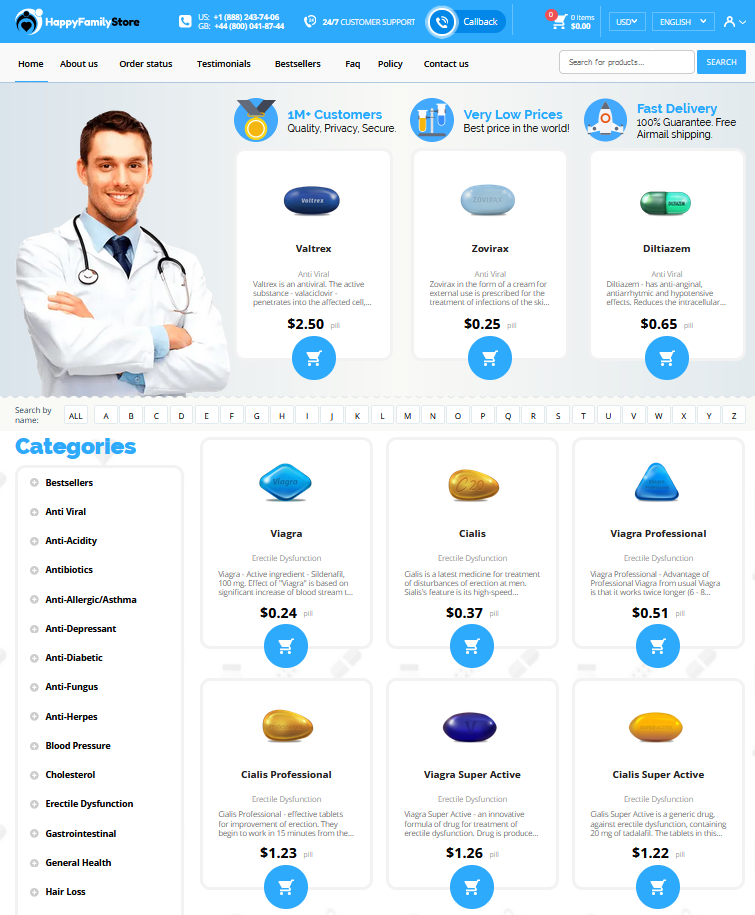
Understanding How Celexa Enhances Therapeutic Practices
Combining Celexa, a well-known form of happy pills, with therapy can profoundly alter one’s mental health treatment journey. As a selective serotonin reuptake inhibitor (SSRI), Celexa helps stabilize the mood by ensuring steady serotonin levels in the brain. This correction often results in patients being more receptive to therapeutic interventions. Therapists report that when clients use Celexa in congruence with therapy, the foundational work done during sessions is more impactful due to the patient's enhanced ability to process and integrate new insights.
Moreover, therapists note an acommodate to therapeutic strategies when clients incorporate medication. By aligning the script and therapeutic goals, patients can optimize treatment outcomes.
The Science Behind Celexa and Its Effects

As an SSRI, Celexa works by altering the brain's chemistry to enhance mood and alleviate symptoms of depression. By increasing serotonin levels, it helps regulate mood, sleep, and appetite, creating a more stable emotional state. Understanding this mechanism, it's no wonder why Celexa is prescribed as part of a treatment cocktail, combined with other therapies for maximum benefit. Though pharmacological in nature, Celexa's impact on neurotransmitters is akin to fine-tuning an instrument; it requires precise adjustment to ensure harmony within the brain's orchestra.
The documented effects of Celexa reveal its potential in reducing anxiety and promoting overall mental well-being. While side effects such as drowsiness and nausea may occur, they are often minuscule compared to the benefits experienced by many. Even with these potential drawbacks, the compound medication's main strength lies in its ability to provide a consistent therapeutic effect over time. For this reason, it's essential to follow the sig carefully to maximize its positive impact.
It's important to consider the broader picture when evaluating the effectiveness of Celexa. Understanding the science behind its pharmacological action enables healthcare providers to create a balanced treatment plan tailored to each patient. This comprehensive approach allows for a better appreciation of how Celexa contributes to the overall therapeutic process, offering hope for those seeking relief from mental health struggles. Porper monitoring and managed expectations can help patients to achieve the best possible outcomes.
Exploring Different Types of Therapies Available
Celexa, a key player in mental health treatments, can be effectively combined with various therapeutic approaches to enhance its benefits. Cognitive Behavioral Therapy (CBT) is a popular choice, offering structured sessions that challenge and change unhelpful thoughts and behaviors. For those seeking a more mindful path, Acceptance and Commitment Therapy (ACT) encourages embracing thoughts without judgment. Also, interpersonal therapy focuses on improving communication skills within relationships, vital in addressing mood disorders. Each therapy comp offers unique advantages, heightening Celexa's impact.
How Therapy Complements Celexa for Better Outcomes

Integrating therapy with Celexa can significantly amplify mental health recovery rates. While Celexa acts as a 'happy pill' to balance neurotransmitters and lighten mood, therapy dives into thought patterns and behaviors, crafting routes for intellectual transformation. This cocktail of medication and counseling also targets symbiotic challenges, such as anxiety and depression, offering a more holistic healing pathway. Therapists, through compelling sessions, can guide patients beyond the immediacy ('stat') of their symptoms, ensuring enduring relief. Customized Sig (directions on a prescription) from therapists—be it cognitive behavioral therapy or others—when compounded with Celexa, not only accentuates psychological resilience but also minimizes relapse occurrences.
Real-life Stories: Success with Combined Treatment
Jane, a 38-year-old mother, navigated life's complexities with Celexa, coupled with therapy. After years of struggling with mood swings, she finally found relief post-Begining a new treatment sig. Her pharmacist explained the compound effects while counting and pouring her script, ensuring she followed the directions diligently. Jack, a busy professional, faced burnout until therapy and Celexa provided a transformative cocktail for mental clarity. Sessions helped untangle workplace pressures, and his therapist shared noteworthy real-life strategies. They navigated med rec reviews that highlighted Celexa as his sustain indicator of well-being. Both Jane and Jack found their personal therapy and medication experience an indispensable achievement in their journey to stability.
Key Considerations When Starting Combined Treatment
When beginning a combined treatment with Celexa and therapy, understanding the 'Sig'—or directions on a prescription—is vital. Ensuring that both the medication script and therapeutic schedule are closely followed can significantly boost their effectiveness. It's crucial to communicate openly with healthcare providers to avoid the 'Hangover' of side effects. Furthermore, defining realistic expectations with your therapist and discussing any reservations can lead to a more satisfying mental health journey.
Navigating this path demands patience and attentiveness. Start with a 'hard copy' of any prescribed instructions to prevent misunderstandings. Monitoring your mood and symptoms is also key; note any noticable changes, whether positive or negative. Addressing concerns as they arise and being committed to the process can help reduce the 'pill burden' often associated with managing mental health issues. Through attentive management, the synergy between Celexa and therapy can yeild promising results.